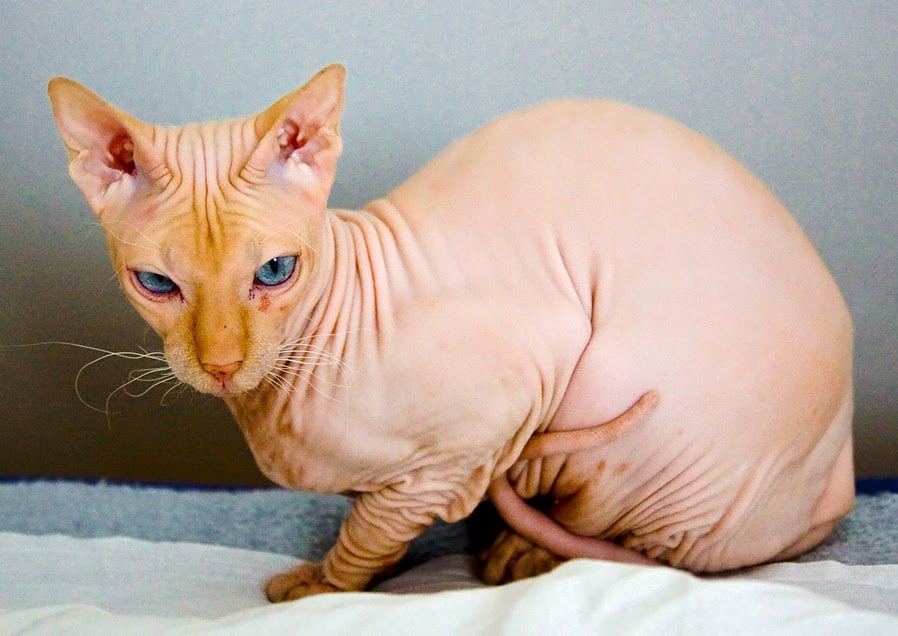Affiliate Disclosure: I receive a small commission for purchases made via affiliate links.
How to cite: Wong M. How do laser and IPL hair removal work?. Lab Muffin Beauty Science. January 19, 2014. Accessed August 26, 2024. https://labmuffin.com/how-do-laser-and-ipl-hair-removal-work/
Like many other women my age, I’ve been removing my body hair weekly for about 10 years, and I’m getting sick enough of it to start considering painful (both physically and financially) options.
The most popular one is laser hair removal, and its cousin IPL hair removal – you can always find an active voucher deal for these! Laser and IPL hair removal aren’t the same, but they work on the same principle.

1 How does it work?
2 When does it work best?
5 References
How does it work?
As you’ll know if you’ve ever worn the wrong colour to the beach (e.g. in my gothy teenage years), dark colours absorb light, which turns into heat. Both laser and IPL use light to heat up hair follicles (around 2-5 mm deep in the skin) to the point where they become damaged and either stop producing hair, or produce hair less efficiently, leading to either no hair growth, or growth of lighter, finer hair. The difference between laser and IPL is simply in the type of light they use – laser uses one wavelength of light only, whereas IPL uses a range.
When does it work best?
Hair needs colour (melanin) to absorb enough light to heat up and damage the hair follicle. So it makes sense that the more melanin you have in there, the better laser/IPL hair removal is going to work. It simply doesn’t work on light hair, and works best on dark brown/black.
However, skin also contains melanin, with dark skin containing more. The last thing you want is the melanin in your skin absorbing the light and turning it into heat – that’s the perfect recipe for a burn. Even worse, the pigment-producing bits in your skin (melanosomes) might become damaged, causing permanent uneven pigmentation! So the ideal combination for laser hair removal is dark hair and pale skin. There are now some laser treatments which can successfully heat up and damage hair follicles without significantly heating up the skin, in particular the Nd:YAG laser.
| Jeff Keyzer |
Limitations
This is also complicated by the fact that only hair at a certain stage of the growth cycle will be affected by the heat. The percentage of hair that’s able to be damaged by heat varies depending on the area of the body, but for most places that require hair removal, it’s around 25% (one quarter) on the body and 67% (two thirds) on the face – in other words, you can’t zap all the hair in a single session. Damaging all the hair will take a bare minimum of 4 well-spaced treatment sessions for the body, and 2 for the face.
Annoyingly, damaged hair follicles are also very good at repairing themselves over time. This means that you’ll have to go back for maintenance treatments at least once a year.
Safety
Of course, using something as cool as lasers on your skin involves some safety issues. Both laser and IPL treatment can cause burns, scarring and pigmentation changes, which can be permanent. Regulation of who can use these machines and what settings can be used varies a lot geographically, and with the invention of cheaper machines, there are many IPL and laser treatment clinics operated by undertrained staff. As with any other treatment – read reviews of the place, don’t just go for the cheapest option, and if it feels rushed or dodgy, abort mission!
References
TS Alster, H Bryan & CM Williams, Long-pulsed Nd:YAG laser-assisted hair removal in pigmented skin: a clinical and histological evaluation, Arch Dermatol 2001, 137, 885.

